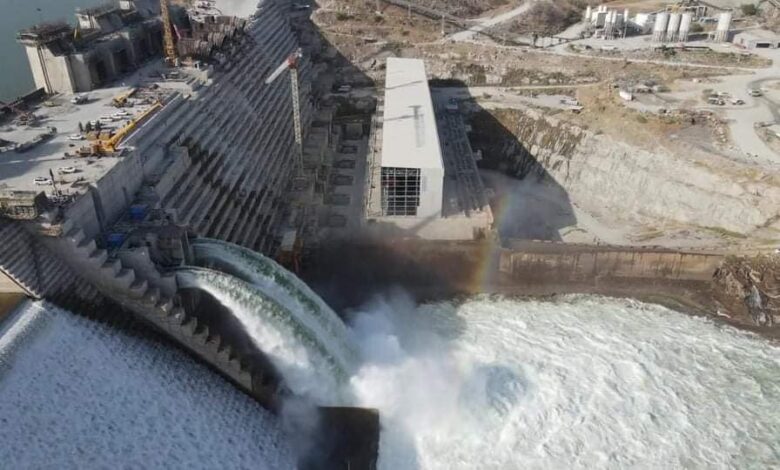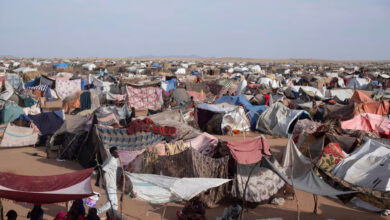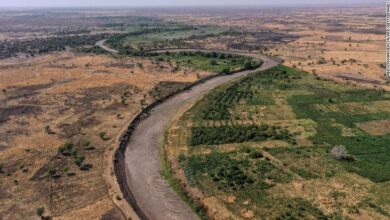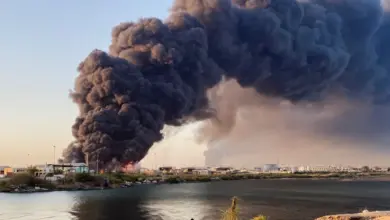
Water expert and Egyptian geology professor Abbas Sharaki said that the third water filling of the Grand Ethiopian Renaissance Dam (GERD) will start next week.
Sharaki shared new satellite images of the GERD through his Facebook account in a post dubbed “The third storage early next week.”
Water levels in the Renaissance Dam lake started to rise last week, compensating for two billion cubic meters of water that were emptied through the two drainage holes, starting from March 12 and the modest operation of the turbine No. 10 that started work on February 20, he wrote.
The lake is expected to reach the same level it reached on August 19, at a total of eight billion cubic meters by the end of this week, Sharaki wrote.
The third storage will begin at the beginning of next week for a month in the event that the two drainage gates continue, or the end of July if they are closed, to store about five billion cubic meters, then the middle passage will be flooded again, he explained.
Negotiations over the GERD have officially stopped since April 2021, after Egypt, Sudan and Ethiopia failed to reach an understanding before the start of the second filling of the dam, which Ethiopia implemented in July.
Cairo and Khartoum reject Ethiopia’s insistence on filling the dam before reaching a binding agreement on filling and operation.
Egypt, which relies considerably on freshwater from the Nile, has voiced fears that the GERD would negatively impact the country’s water supply.
Egypt has also insisted that measures be put into place to protect downstream countries in case of drought during the dam’s filling process.
Egypt and Sudan say they want a legally binding agreement, while Ethiopia says any pact should be advisory.
Egypt and Sudan consider the dam a threat to their vital water supplies, while Ethiopia considers it essential for development and doubling its electricity production.
The downstream nations fear possible blows to water facilities, agricultural land, and overall availability of Nile water.
Negotiations over the dam between Egypt, Ethiopia, and Sudan have stalled for years, with the three parties ultimately failing to reach any concrete agreement.
The disputed dam is the largest hydroelectric project in Africa, with a cost of more than four billion dollars. The construction of the dam began in 2011.
It is considered to be one of Egypt’s most serious water issues.




